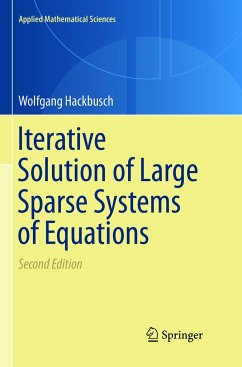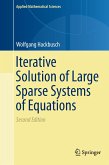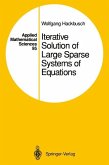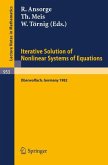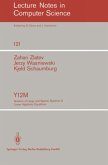In the second edition of this classic monograph, complete with four new chapters and updated references, readers will now have access to content describing and analysing classical and modern methods with emphasis on the algebraic structure of linear iteration, which is usually ignored in other literature.
The necessary amount of work increases dramatically with the size of systems, so one has to search for algorithms that most efficiently and accurately solve systems of, e.g., several million equations. The choice of algorithms depends on the special properties the matrices in practice have. An important class of large systems arises from the discretization of partial differential equations. In this case, the matrices are sparse (i.e., they contain mostly zeroes) and well-suited to iterative algorithms.
The first edition of this book grew out of a series of lectures given by the author at the Christian-Albrecht University of Kiel to students of mathematics. The second edition includes quite novel approaches.
The necessary amount of work increases dramatically with the size of systems, so one has to search for algorithms that most efficiently and accurately solve systems of, e.g., several million equations. The choice of algorithms depends on the special properties the matrices in practice have. An important class of large systems arises from the discretization of partial differential equations. In this case, the matrices are sparse (i.e., they contain mostly zeroes) and well-suited to iterative algorithms.
The first edition of this book grew out of a series of lectures given by the author at the Christian-Albrecht University of Kiel to students of mathematics. The second edition includes quite novel approaches.

